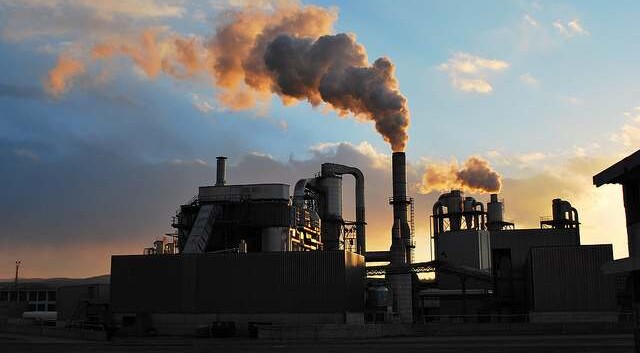
The Environmental Protection Agency (EPA) finalized a rule Tuesday that will require 218 chemical plants to reduce toxic and carcinogenic airborne pollutants, aiming to reduce the number of people with elevated cancer risk by 96% nationwide.
The rulings principally address chloroprene: used to make rubber products, and ethylene oxide, used primarily for sterilizing medical supplies. Long-term exposure to these chemicals and their manufacturing have been identified as possible carcinogens, or cancer-causing agents.
According to a report in the Washington Post, this can include lymphoma, leukemia, breast cancer, and liver cancer.
Across a strip of Louisiana and Texas where half of the 218 chemical manufacturing facilities set to be affected by the new regulations are located, cancer rates of these kinds are substantially higher than national averages, leading it to be colloquially called “Cancer Alley.”
EPA Administrator Michael Regan visited Cancer Alley during the open-comment period of the proposed ruling, and said that across the 85 miles dotted with communities, he failed to meet a single person who didn’t know a loved one or friend who had either developed cancer, died of it, or knew someone who had.
YOUR NEXT READ: Pollution in the Mississippi River Has Plummeted Since The 1980s, New Study Says
Once implemented, the ruling will reduce more than 6,200 tons of toxic air pollution each year, according to the Post.
SHARE This Strong Legislation With Your Friends Who Need A Pick-Me-Up…



















